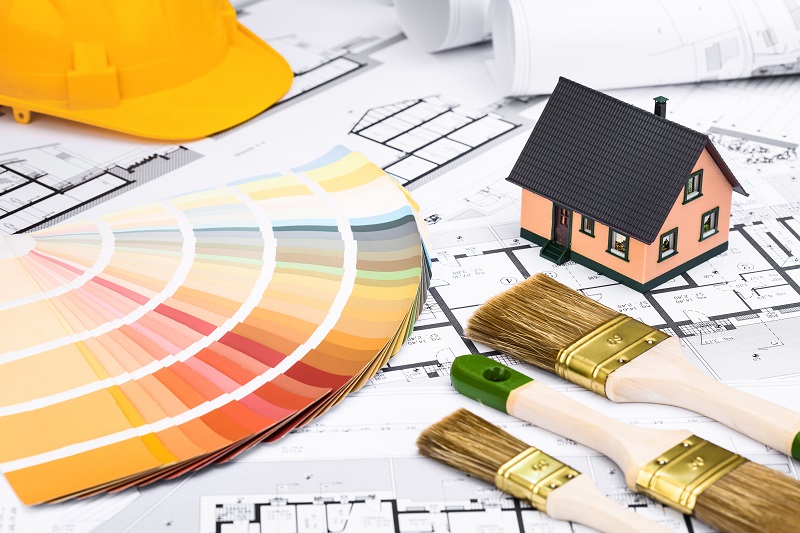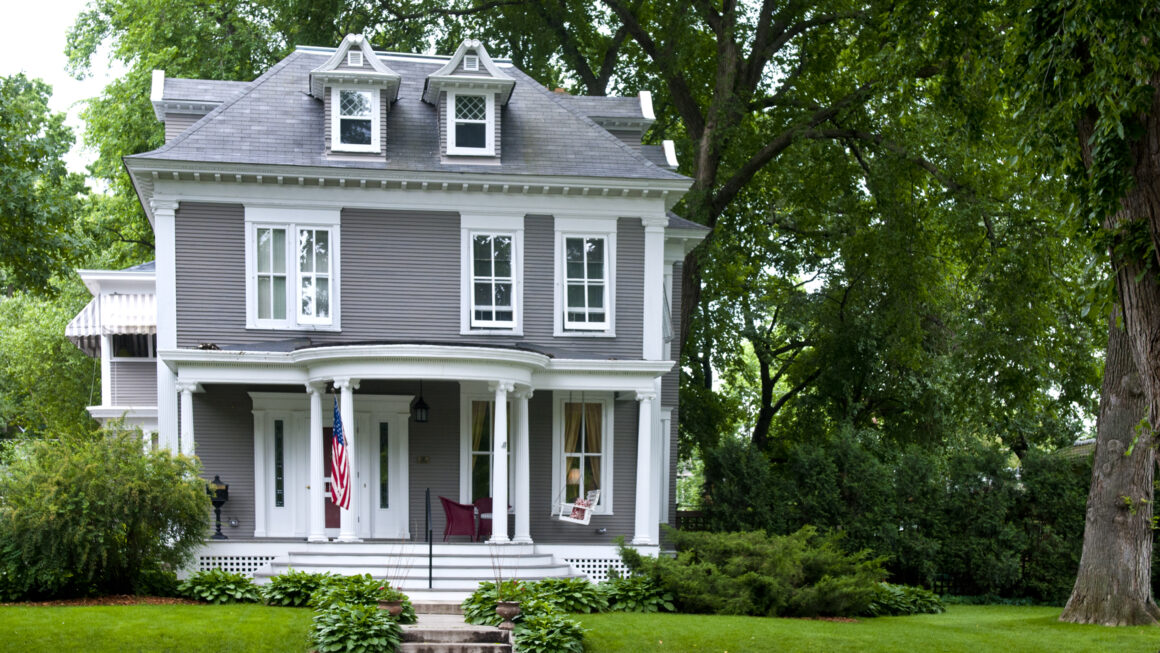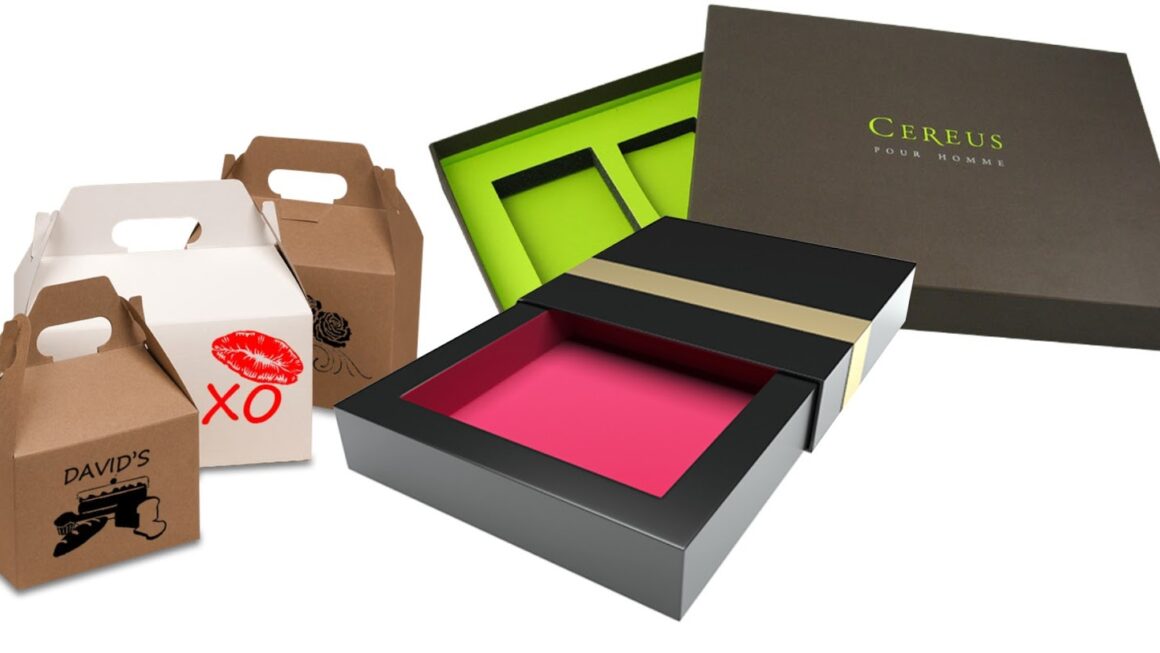Painting your house’s interior and exterior is integral to building a new home. So, make sure you don’t skip that part and start living in an incompletely looking house. However, it doesn’t only remain incomplete if you don’t paint your house, but it also reduces its durability as the main structure of the building gets direct exposure to the weather changes. So, you see, it is very important to paint the interior and exterior part of your house.
Once you have decided to paint your house, the next step is to choose the right kind of paint. Its quality will impact the longevity and final appearance of the paint. However, as it is tough to select a colour for your house paint, it is also a difficult task to choose the right kind and quality of paint that will go with the weather of your country.
So, here we are providing an ultimate guide to the types of paints available, and you will also be informed about their properties and specialties.
Different Types of House painting

- Primer: Primer is not actually painted but a coating that must be applied on the wall before you apply the main paint. It is also common as the name of sealer. After the construction work is done, they can’t be painted directly because they have many impurities like dust, grains of sand, etc. If you directly apply the paint on them, it will not be smooth and wouldn’t last. So, after brushing off the walls, the primer or the underpainting is applied first. It works as an aggregator that holds the next layer of paint perfectly. So, it is considered to be the first step of house painting.
- Water-based paints: Water-based paints are a common type of paint that is used by so many people in the interior as well as the exterior of houses and is very easy to apply. The paint gets dry easily because the water the paint contains quickly gets evaporates. As they are water-based, they can be cleaned with water too. This type of paint can emit odour to a certain extent and have toxic emission properties. The best quality of this type of paint is it last long and is in proper condition, and doesn’t get yellowish or crack up quickly.
- Oil-based paints: Oil-based paints are known for their long-lasting capacity. However, they take much more time to get dry after application. This house painting provides a smooth finish, but they need either spirit or paint thinner to clean. This type of paint emits much odour and have high toxic emission property than water-based paints.
- Latex paints: All non-oil-based paints are commonly known as latex paints. They have all the properties of water-based paint and are often called water-based paint. These paints are easy to apply and get dry more quickly than oil-based pain like water-based paints.
- Acrylic paints: Acrylic paint is actually water-based paint that has acrylic as a binding material. They are good for applying in any place as they are long-lasting. You can use this paint in the bathroom or kitchen, and the walls don’t get affected by water. You can also regularly clean them with a wet cloth and soft soap. They don’t get yellowing easily, and the walls have looked beautiful for a long time.
- Paint finishes: Paint finishes are the top coating and the last part of house painting that provides eye-catchy finishes to the walls. They can be of multiple types such as gloss finish, flat or matte finish, eggshell finish, semi-gloss finish, etc. All these finishes give a different look to the walls. So, you can choose them as per your need. However, if you choose good quality finishes of any type, they will really look great and attractive and make our house stand out from the average.
Wrapping it up!!!
As you can understand, you get a lot of varieties of paints and their qualities with different properties. You can choose to have any of them from offline as well as online markets. But never skip the first step of applying primer while house painting, as it holds further pain applications. And also, don’t skip the last finishes because this is the layer that provides the finishing touch to beautify your house’s exterior or interior walls.



